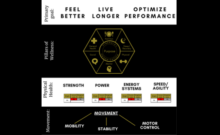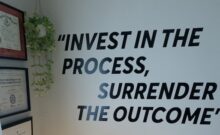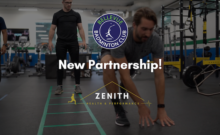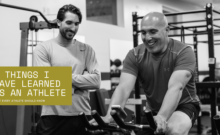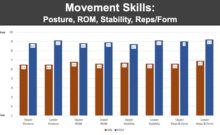
In the past 10 years as a full time athlete I have had the pleasure of working with and sponging information from some of the best coaches in the world.
There is one consistent and important error that I have seen across sports, across countries, and across disciplines which I believe significantly impacts an athlete’s training potential. It can be summarized in two words: LACKS INTEGRATION.
The way most sports operate is there is a head sport coach, a strength and conditioning coach, a mental performance coach, a nutritionist, etc. These people are usually experts in their field, but the problem is they often operate in silos with minimal communication as a whole. Some training camps are better than others, and if you’re lucky the egos can stay aside for the betterment of the athlete. But the overall result, when these pieces are not working in unison, is a suboptimal training adaptation, or in some cases overtraining.
I always come back to my MBA education when I think about this topic. Hundreds of case studies solidified to me that communication is paramount to business success. Procurement needs to know how much to order, operations needs to time that order to run it through the line properly, and shipping needs to be ready to move the final product. If any of these pieces are not effectively coordinated it will result in some level of inefficiency.
Why would we train an athlete any different? If your strength and conditioning volume is high and your sport volume is high you will overtrain. If both are low you won’t train enough. And if your nutritionist thinks your in off-season you will never recover in time for a big competition.
One of my biggest motivators for starting my own coaching practice was to break this silo’d approach to training. I believe it is fundamentally important to work with the athlete, get to know them, and consider the broader physical, mental, technical and tactical demands that they are under. This is why I actively initiate calls with the coaches, parents, or whoever may play a role in the athlete’s development. For my general population athletes I even try to get in contact with their therapist or doctor in some cases to make sure we are all taking an applied an integrated approach to total health. If you want the best results you need to think beyond just your area of expertise. Plus, it is a great opportunity to learn from someone else!
At the same time, athlete wellness remains at the centrepiece of my model of thinking. You can train every single day to get 1% better, but if you are injured (mental, physically OR emotionally) you are 100% worse off. So every thing I do, and every performance decision I make is about propelling the athlete to success not just now but for the next 50 years of their life.

